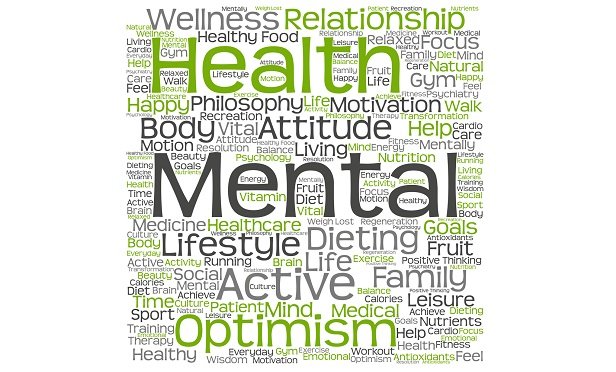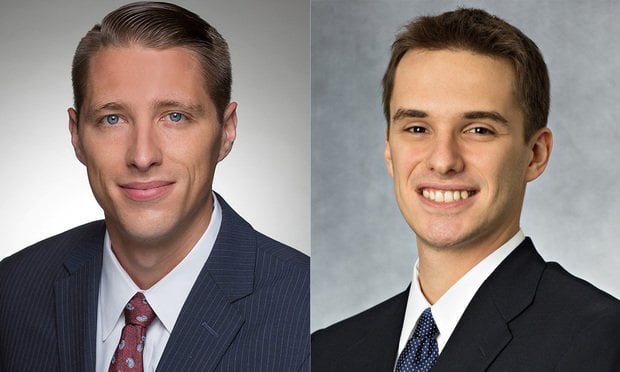
NEW YORK CITY—In spite of predictions that the hotel sector's performance would finally start declining in 2017 after several years of record highs, a variety of indicators from the fourth quarter of last year set the stage for continued revenue per available room growth this year, according to an updated lodging forecast by PwC US. Strong industry performance in Q4 2016—including encouraging trends in demand and average daily rate—coupled with a post-election surge in consumer and business sentiment that contributed to improving economic conditions,
PwC expects the increase in supply of hotel rooms to marginally outpace growth in demand, resulting in a decline in occupancy to 65.3%. Aided by an expected increase in corporate transient demand, growth in average daily rate is expected to drive a RevPAR increase of 2.3%, according to the report.
PwC's outlook is based on an economic forecast from IHS Markit, which expects real GDP to increase 2.3 percent in 2017, measured on a fourth-quarter-over-fourth-quarter basis, approximately 50 basis points higher than in PwC's November forecast. Improving economic conditions are driven by a number of factors, including improving business and consumer confidence, and surging financial markets, as well as potential policy decisions related to tax cuts and changes to trade regulations.
The updated estimates from PwC are based on a quarterly econometric analysis of the US lodging sector, using an updated forecast released by IHS Markit and historical statistics supplied by STR and other data providers.
“Based on a strong fourth quarter, we are encouraged by the trends we are seeing as we head into 2017,” says Scott D. Berman, principal and U.S. industry leader, hospitality & leisure, PwC. “However, we remain cautiously optimistic, as higher-than-previously anticipated increase in demand is still expected to be offset by increasing supply through the year.”

PwC expects the increase in supply of hotel rooms to marginally outpace growth in demand, resulting in a decline in occupancy to 65.3%. Aided by an expected increase in corporate transient demand, growth in average daily rate is expected to drive a RevPAR increase of 2.3%, according to the report.
PwC's outlook is based on an economic forecast from IHS Markit, which expects real GDP to increase 2.3 percent in 2017, measured on a fourth-quarter-over-fourth-quarter basis, approximately 50 basis points higher than in PwC's November forecast. Improving economic conditions are driven by a number of factors, including improving business and consumer confidence, and surging financial markets, as well as potential policy decisions related to tax cuts and changes to trade regulations.
The updated estimates from PwC are based on a quarterly econometric analysis of the US lodging sector, using an updated forecast released by IHS Markit and historical statistics supplied by STR and other data providers.
“Based on a strong fourth quarter, we are encouraged by the trends we are seeing as we head into 2017,” says Scott D. Berman, principal and U.S. industry leader, hospitality & leisure, PwC. “However, we remain cautiously optimistic, as higher-than-previously anticipated increase in demand is still expected to be offset by increasing supply through the year.”
Want to continue reading?
Become a Free ALM Digital Reader.
Once you are an ALM Digital Member, you’ll receive:
- Breaking commercial real estate news and analysis, on-site and via our newsletters and custom alerts
- Educational webcasts, white papers, and ebooks from industry thought leaders
- Critical coverage of the property casualty insurance and financial advisory markets on our other ALM sites, PropertyCasualty360 and ThinkAdvisor
Already have an account? Sign In Now
*May exclude premium content© 2025 ALM Global, LLC, All Rights Reserved. Request academic re-use from www.copyright.com. All other uses, submit a request to [email protected]. For more information visit Asset & Logo Licensing.








